A short introduction to “wagashi,” meaning Japanese sweets. There are many types, so let me review a few of the common ones. This focuses on Japanese sweets not Okinawan sweets, though it is possible to find most of these in Okinawa. Many of these are the perfect accompaniments to tea, especially matcha 抹茶. I will try to make posts about each of these individually at some point, but for now here is a brief description of each.
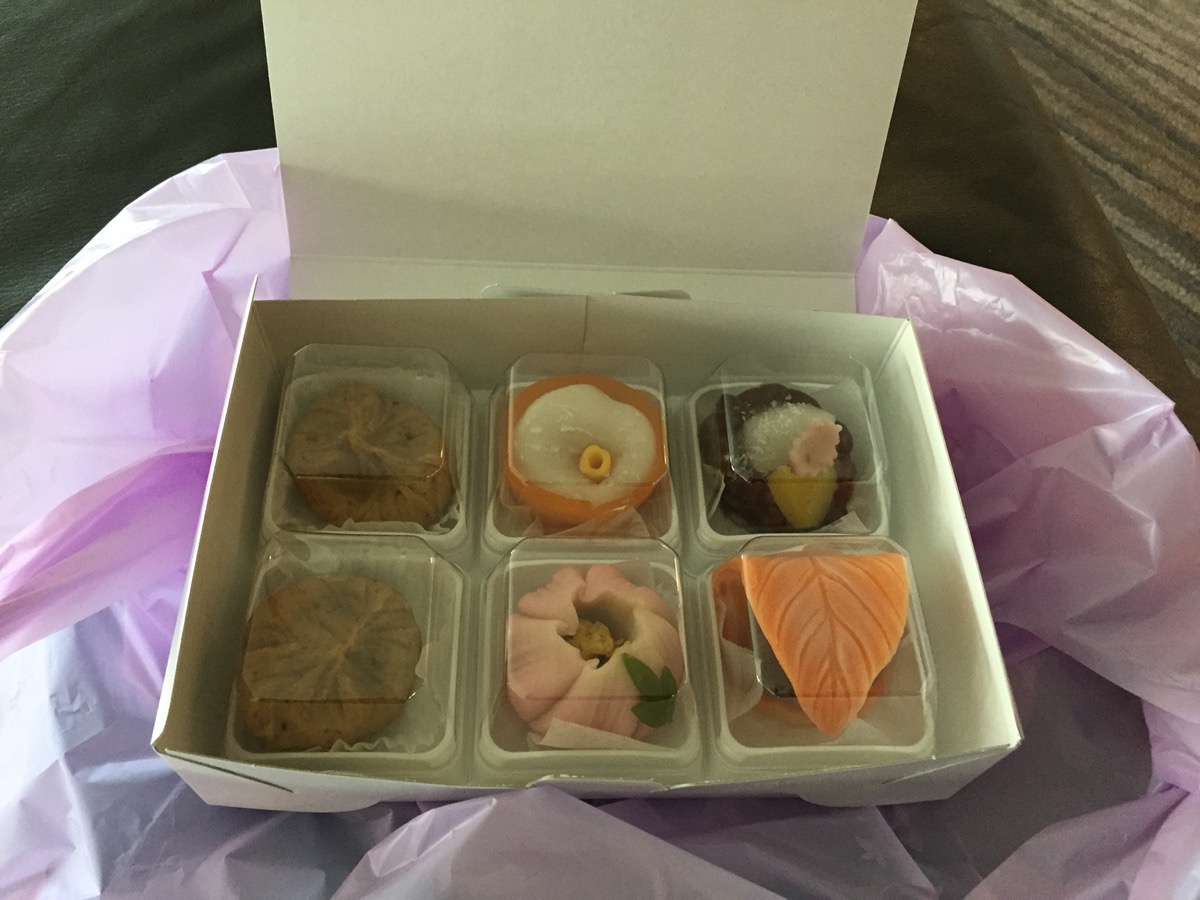
Nama-gashi 生菓子: these are fresh, delicate sweets, only lasting 1-2 days. The fillings, shapes and designs vary by the seasons and regions. If you click on the link, you can find out a little bit more about them in my previous blog post, and some places to find them.
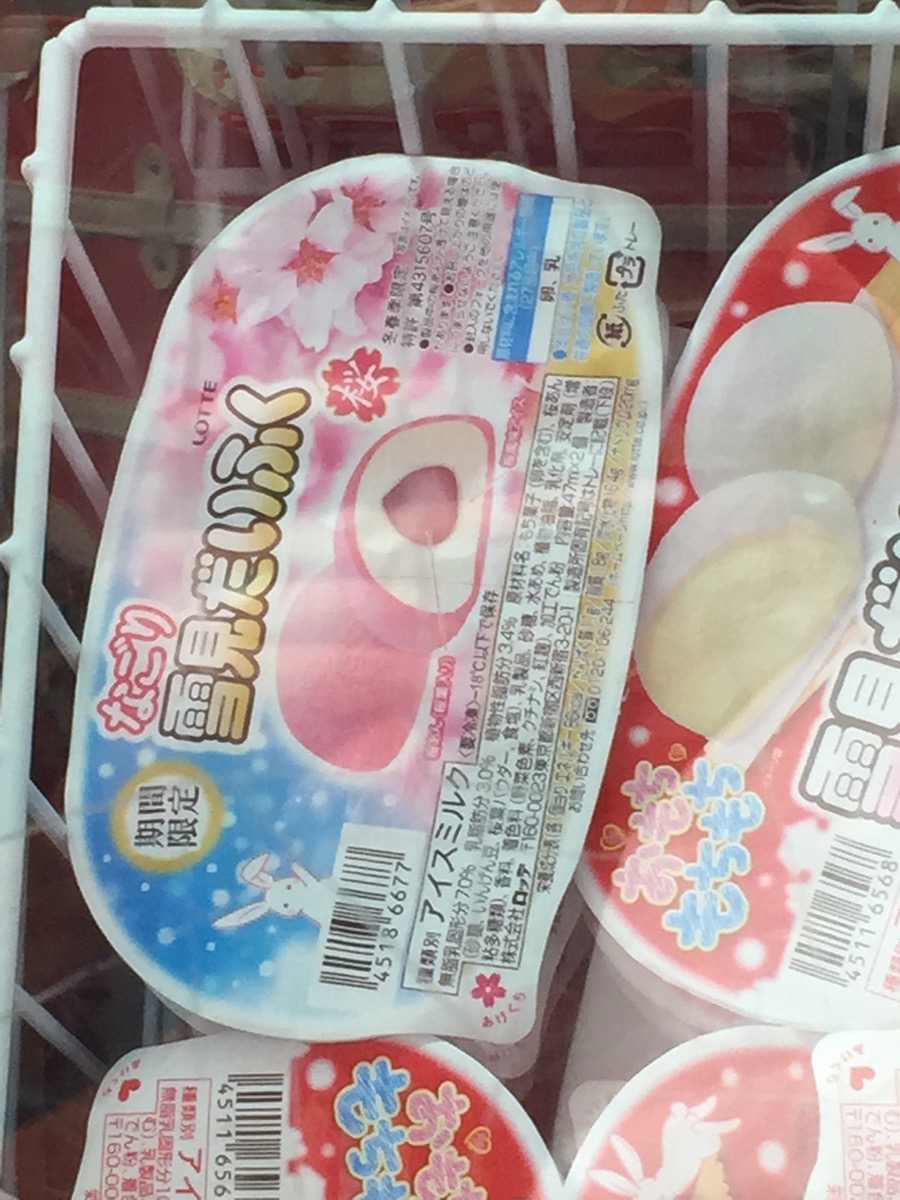
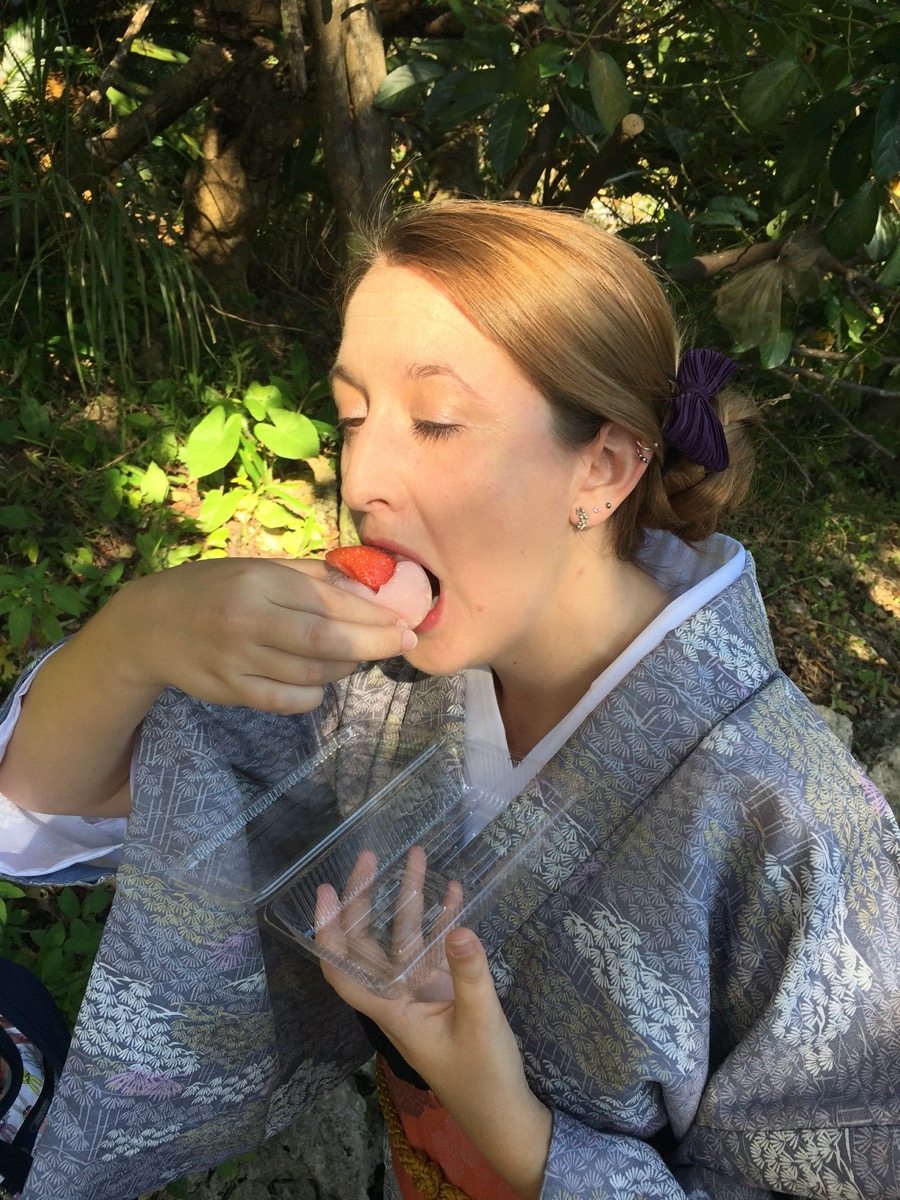
daifuku 大福: soft mochi wrapped around sweet bean paste or other fillings, covered with a light dusting of starch to keep them from sticking together. A popular type of daifuku type is strawberry (ichigo 苺). You can even find ice cream filled daifuku in the freezer of most conbini.
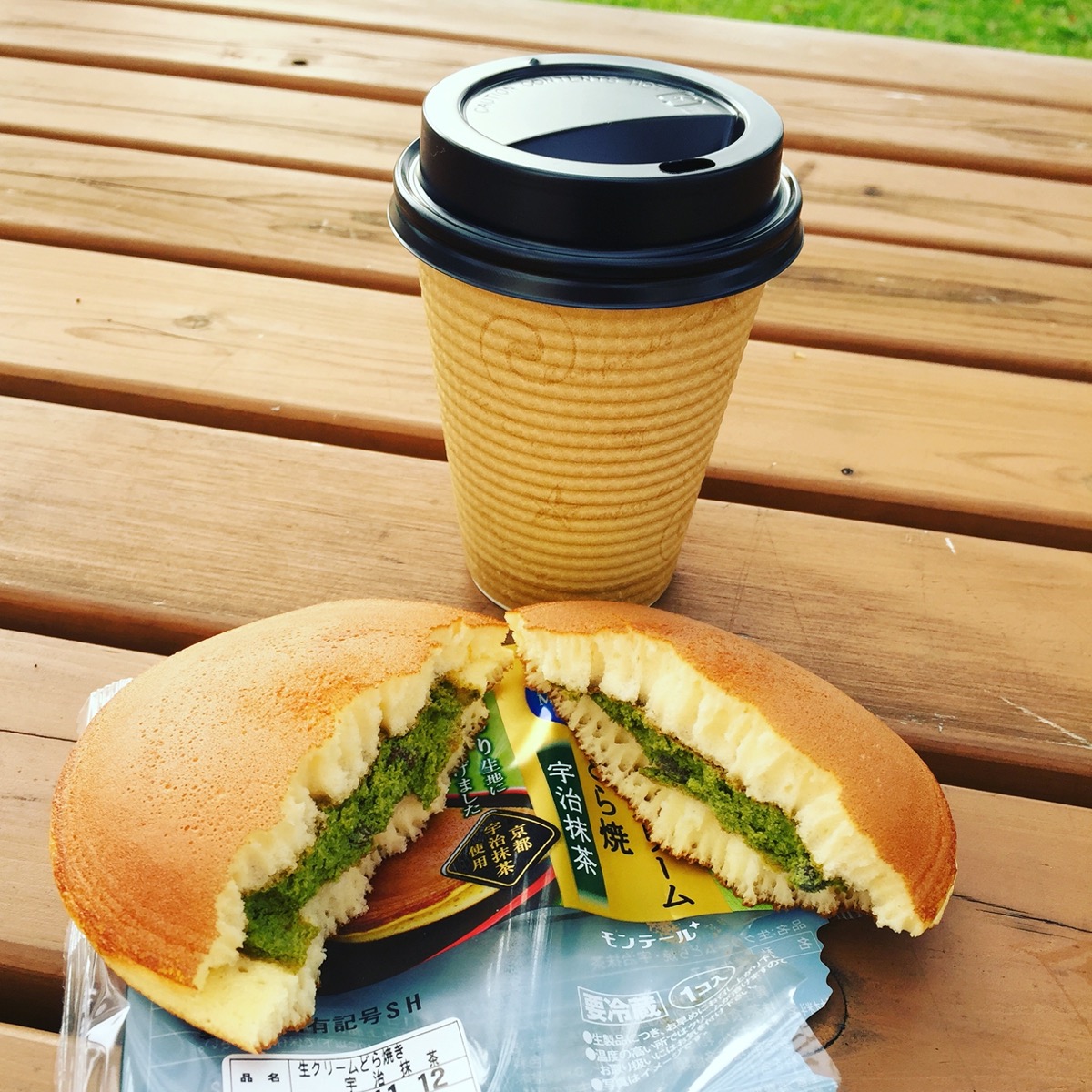
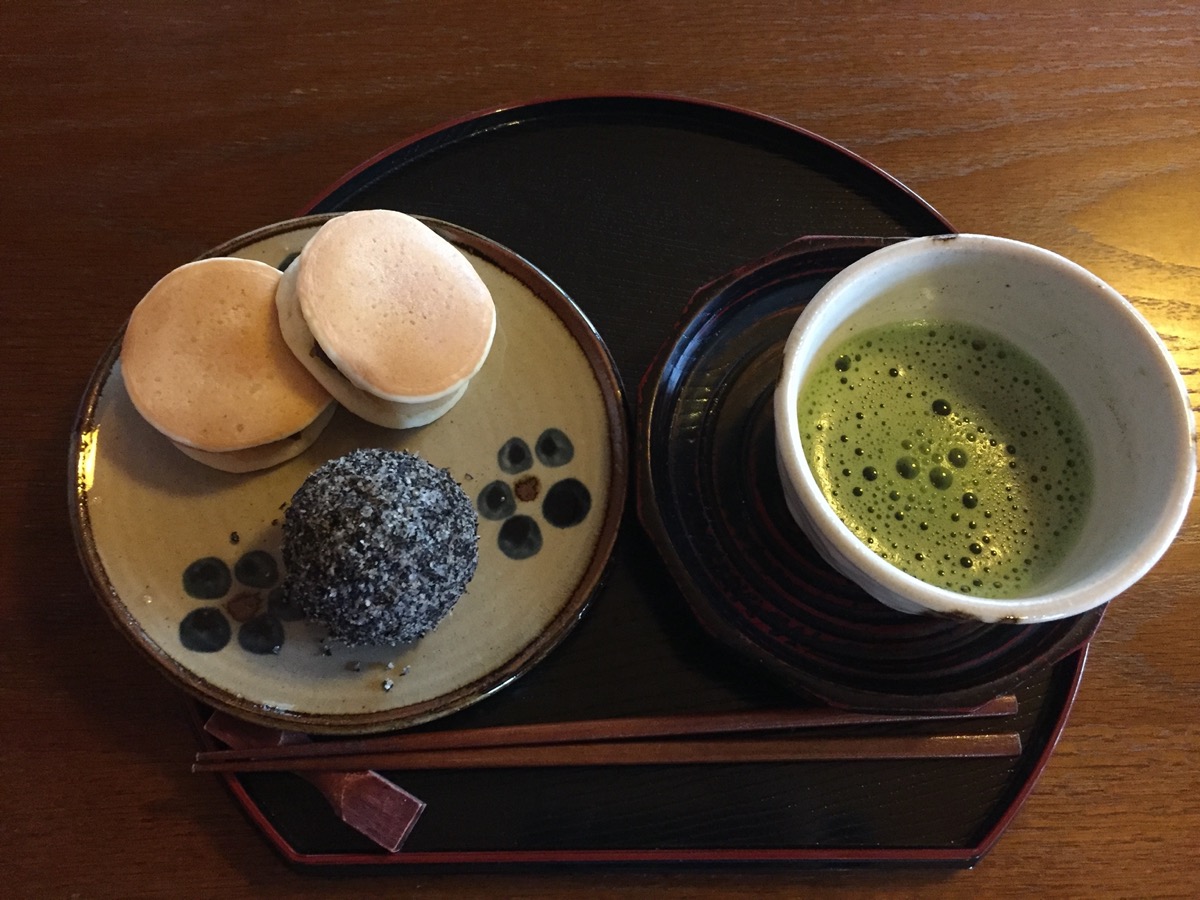
dorayaki どら焼き: 2 light, sweet “pancakes” typically with red bean paste in between. Do not mix these up with hotcakes ホットケーキ which are western and serve with syrup.
ohagi おはぎ: cooked glutinous rice with red bean paste (or sometimes other toppings such as sesame or kinako) on the outside. Typically served during Autumn. The Spring version is called botamochi.
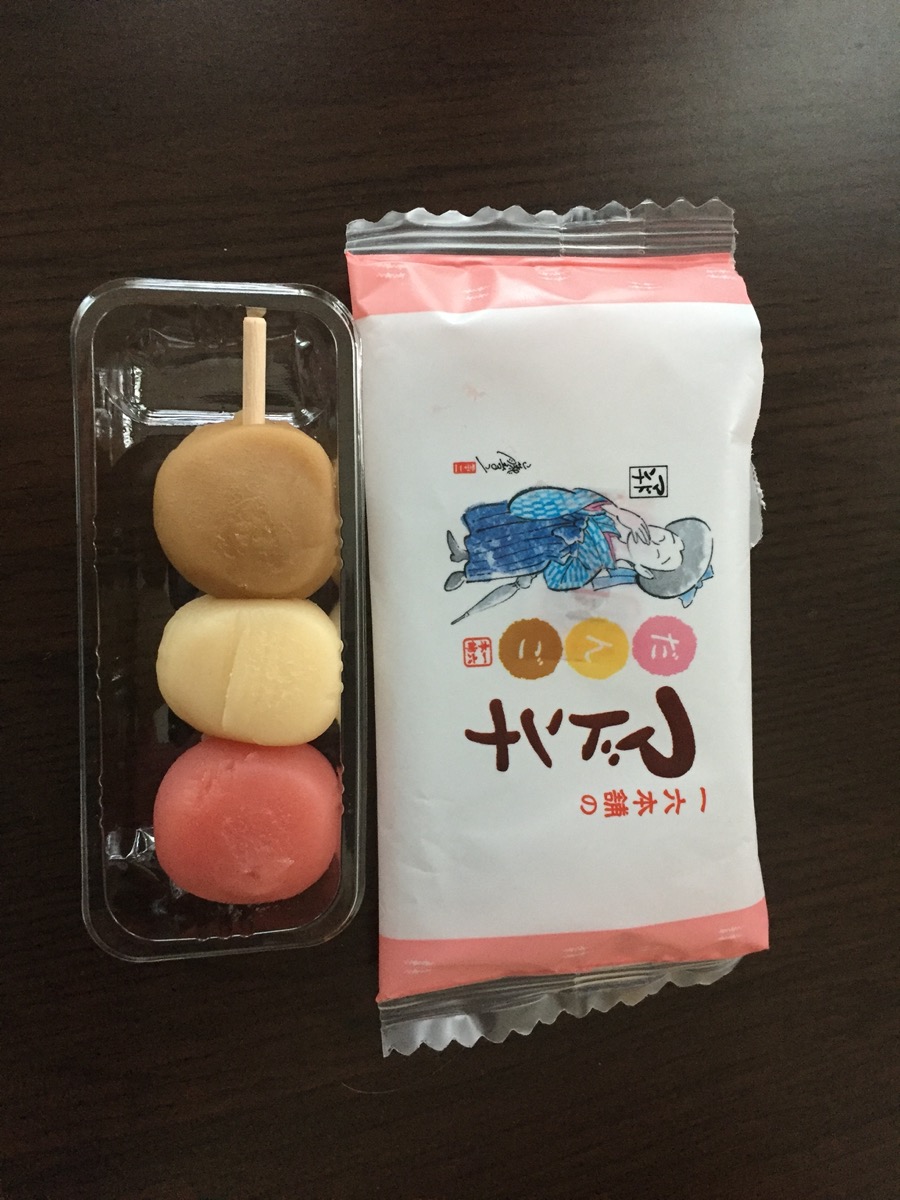
dango 団子or だんご: small pieces of steamed mochi dumplings, often served on a stick. Hanami dango 花見団子 is a very popular type, with color of pink, white, and green. Sometimes served with toppings such as mitarashi dango (sweet shoyu), goma (black sesame seed), anko (red bean paste), etc.
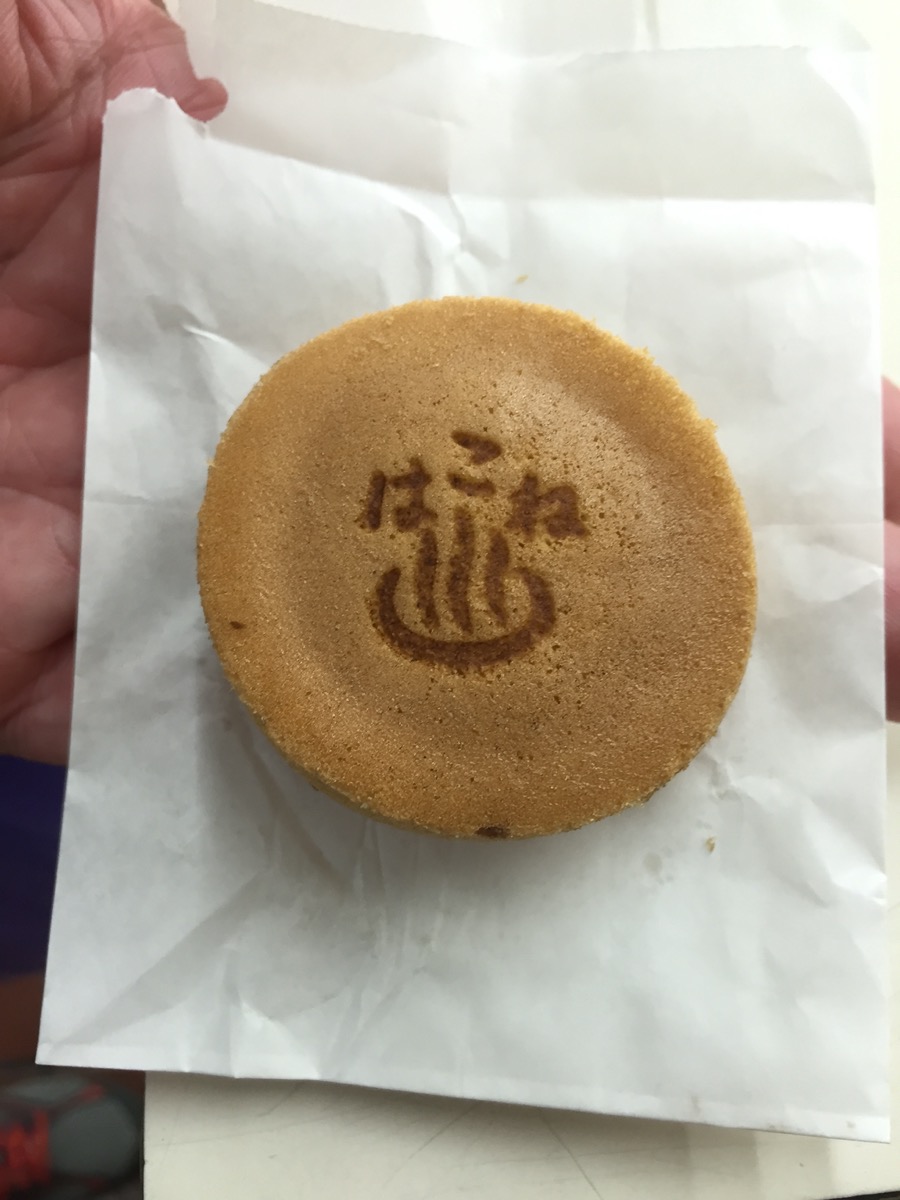
manjuu 饅頭 or まんじゅう: small “buns” that are either steamed or baked, filled with sweet bean paste or other sweet filling. Manjuu encompasses many different types of buns, so you will see a lot of variation. The one above is a stuffed pastry manjuu from an onsen town.
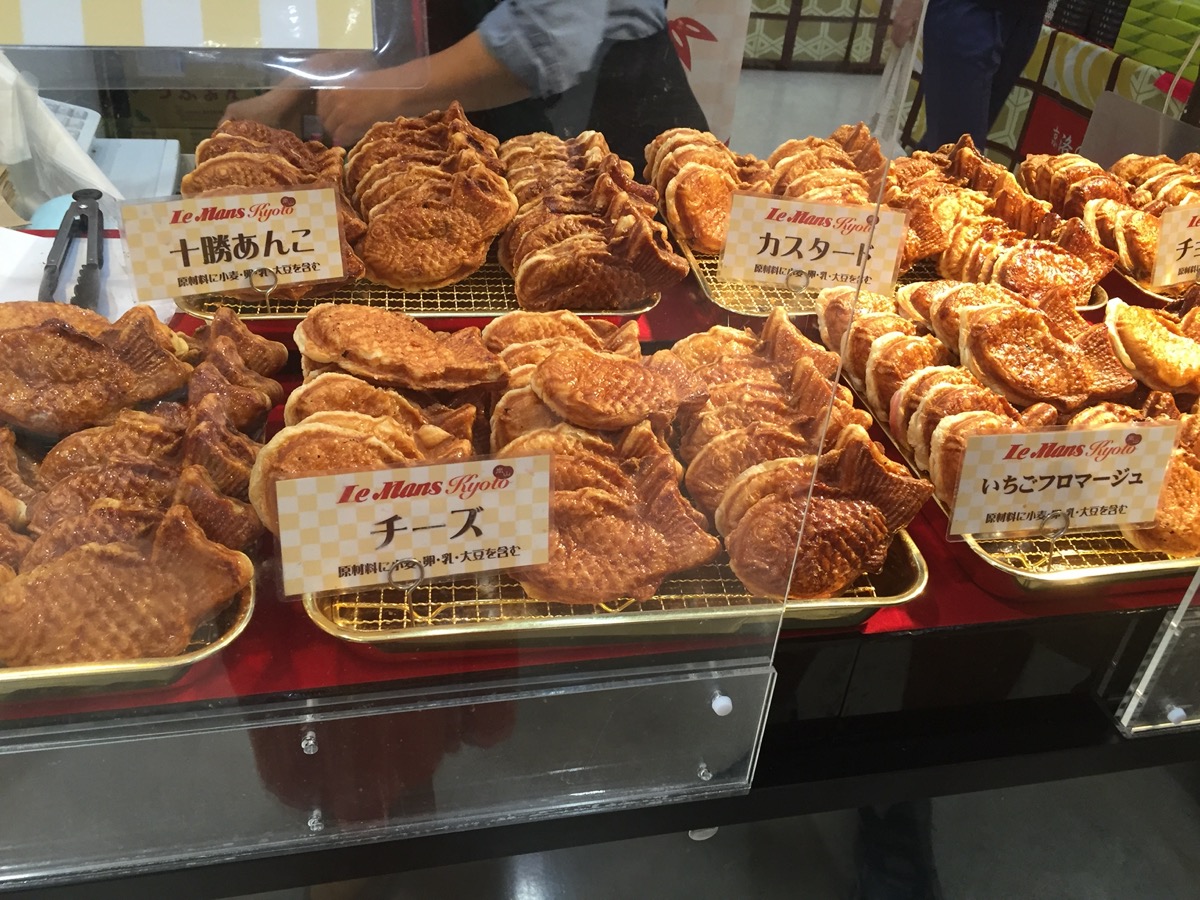
taiyaki たい焼き: fish-shaped pancake-like pastry with filling, traditionally red bean, but many flavors can be found such as custard, kinako, chocolate, and more.
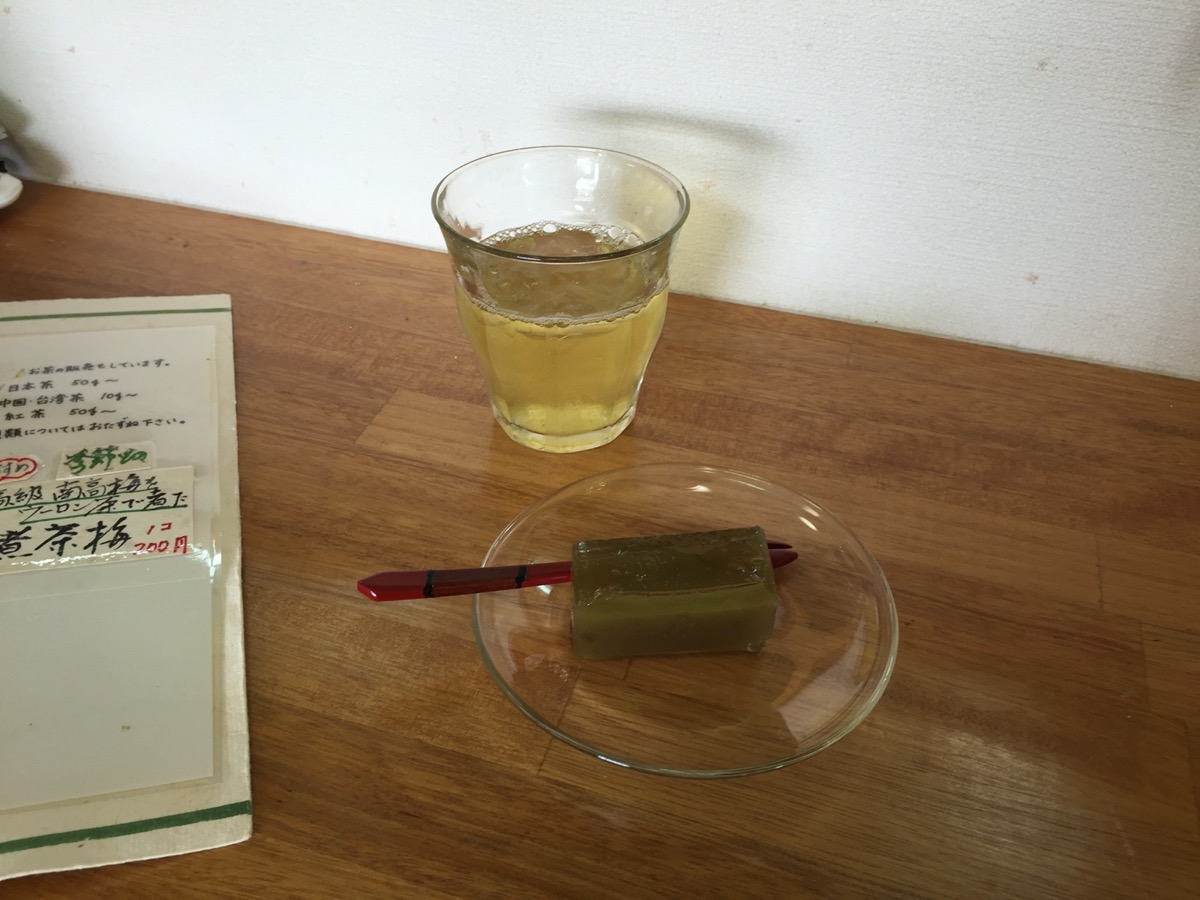
youkan 羊羹: sort of sweet, firm, jelly-like confection made from sugar and agar (kanten かんてん). Travels well, so it is often a popular omiyage.
monaka 最中 or もなか: a wafer shell filled with sweet bean paste; the shells can come in different shapes and sizes. A popular modern variation of monaka is filled with ice cream, easy to find at the conbini! (I do not seem to have a picture of this one! mmm maybe that means it is time for a snack…)
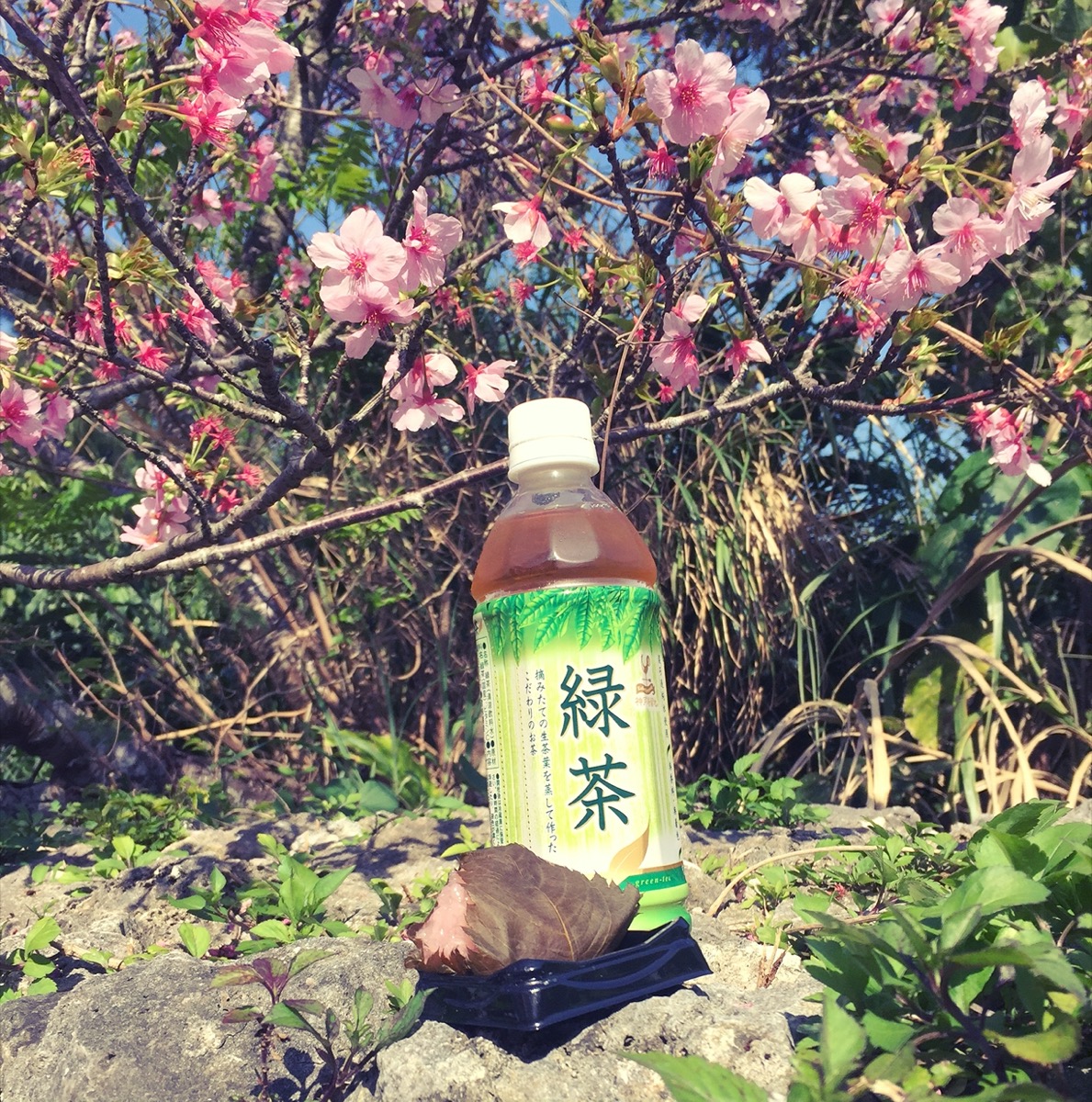
sakura mochi (Kansai-style) 桜餅: mochi rice dyed pink and sweetened with red bean paste inside, wrapped with a sakura (cherry blossom) leaf. It is traditionally eaten in spring during sakura season and Girls’ Day (March 3rd). You can eat the leaf or not eat the leaf; from I have heard there is no actual rule regarding this, though the leaf is edible– don’t let anyone tell you are doing it wrong!
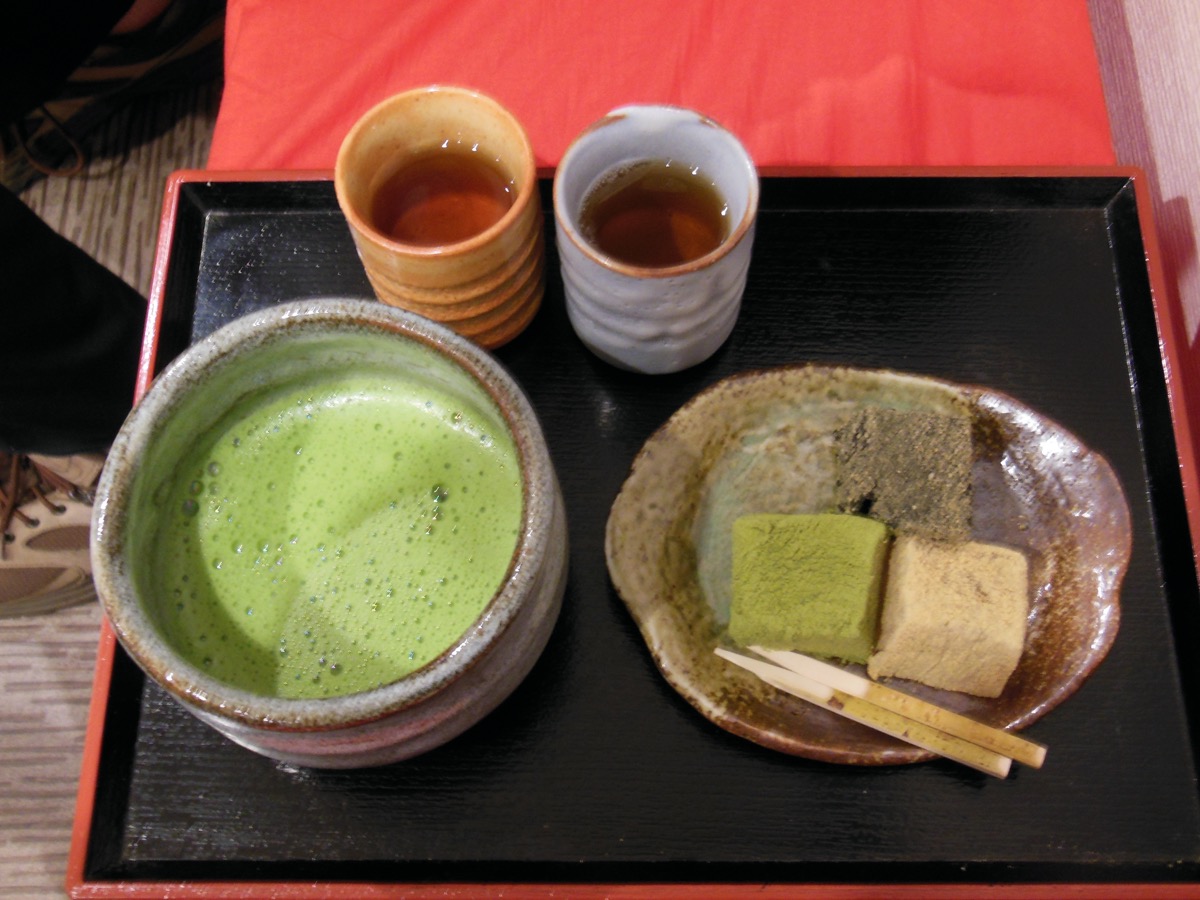
warabi mochi わらび餅: jelly-like, similar to mochi, but made from warabi (bracken) starch. It is a little chewy and soft. It is usually covered in kinako or matcha powder.
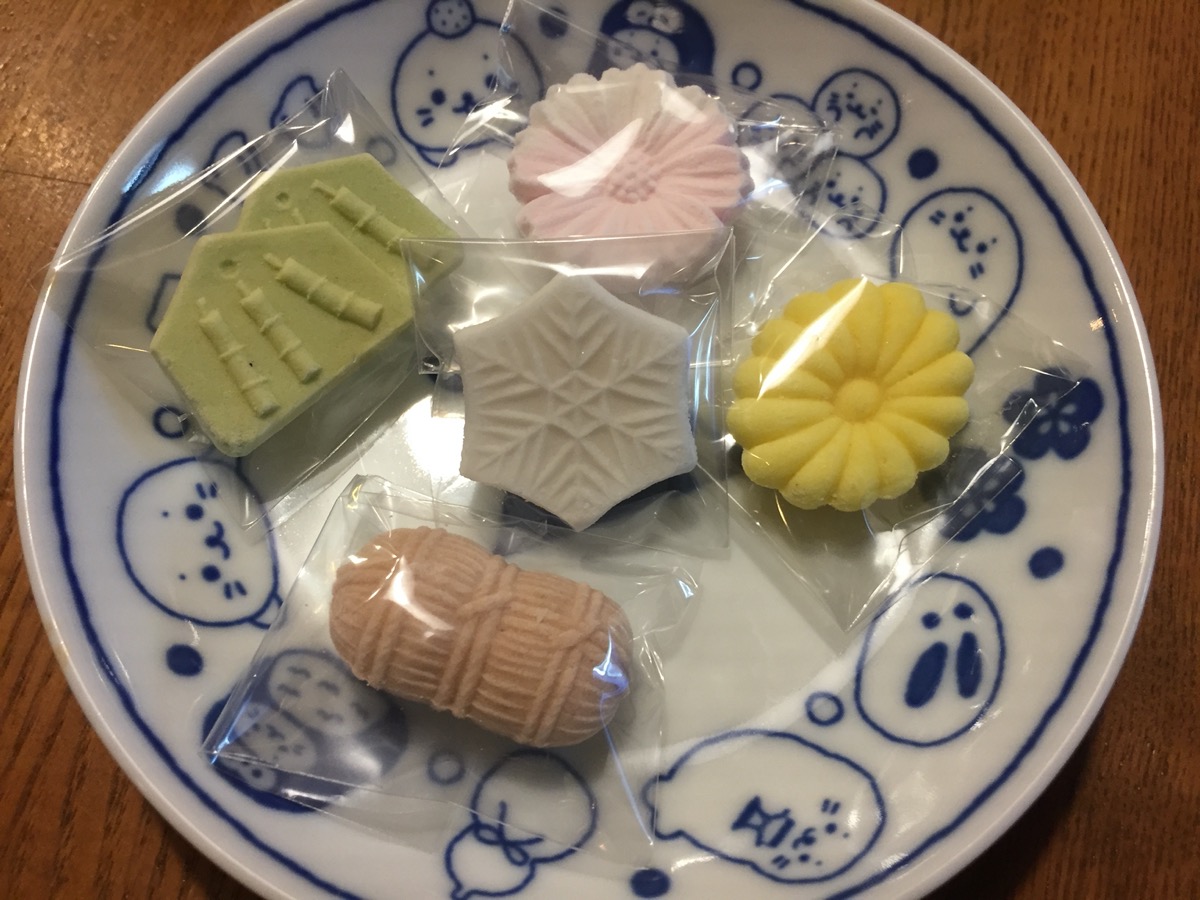
higashi 干菓子: known as “dry sweets,” or sweets with little to no moisture content. Sometimes this is a glutinous rice flour, sugar and starch mixture or a wasanbon sugar pressed in molds to form dry sweets. Rakugan 落雁, used during ceremonies and obon, also fall under this category.
Other special types:
Mizu manjuu 水まんじゅう: “water” manjuu made with kuzu, popular in summer!
Hanabiramochi: specialty namagashi named flower petal mochi, often served during the first tea ceremony of the New year.
Akafuku Mochi: 赤福餅: a type of namagashi from Ise.
A few of the wagashi I came across in Kanazawa (there are so many more, but these are the ones I managed to capture pictures of before nomming):
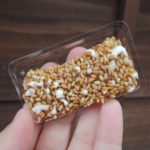
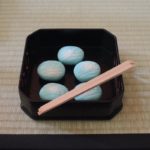
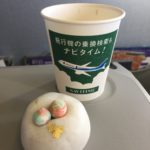
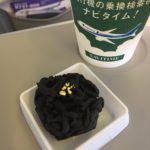
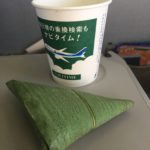
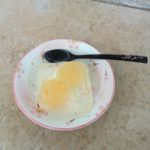
Thanks for sharing! I think daifuku and dorayaki are the best , do you agree?
I love them all, but definitely dorayaki tops the list, followed closely by taiyaki and daifuku!
Taiyaki are also delicious! I enjoy eating them at festivals!